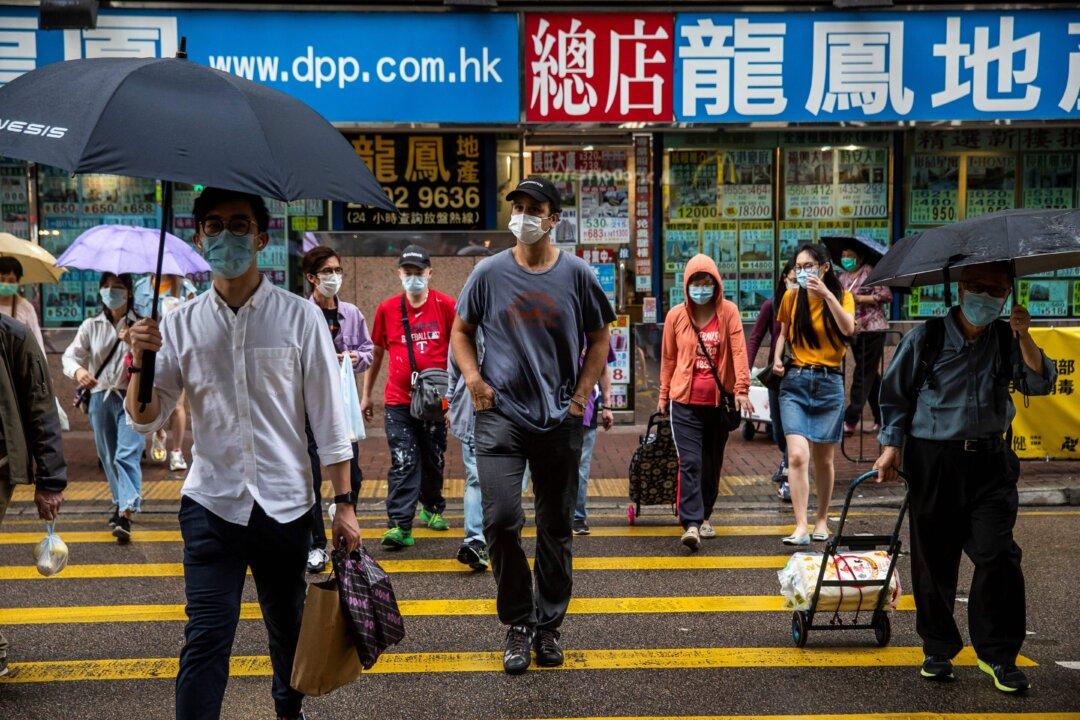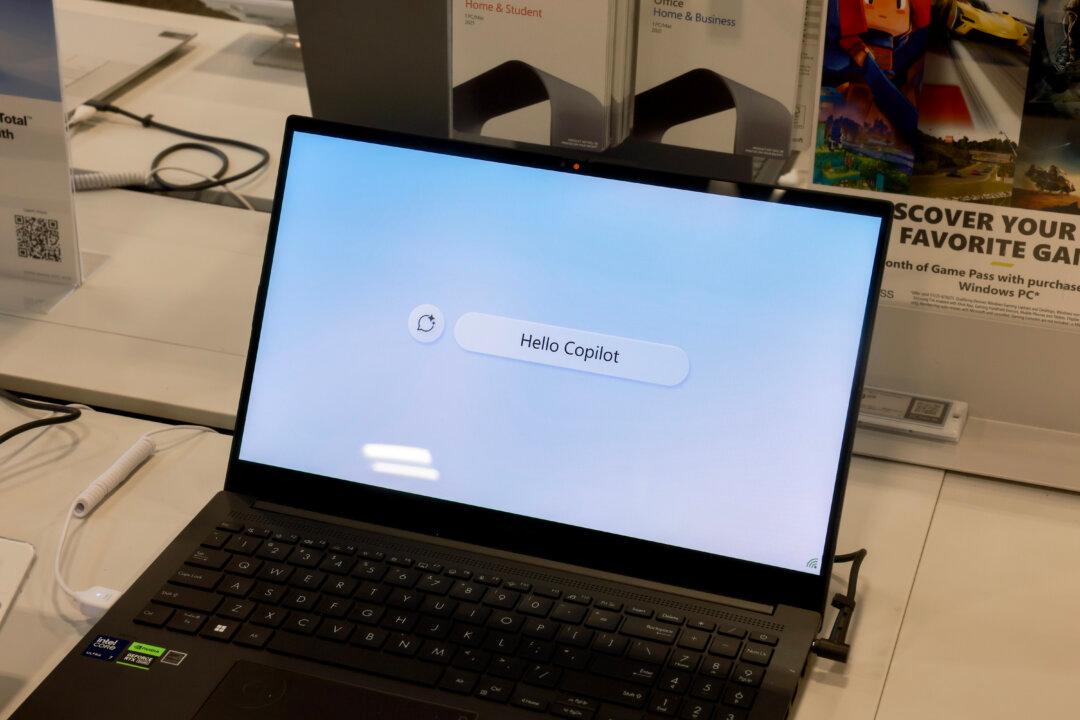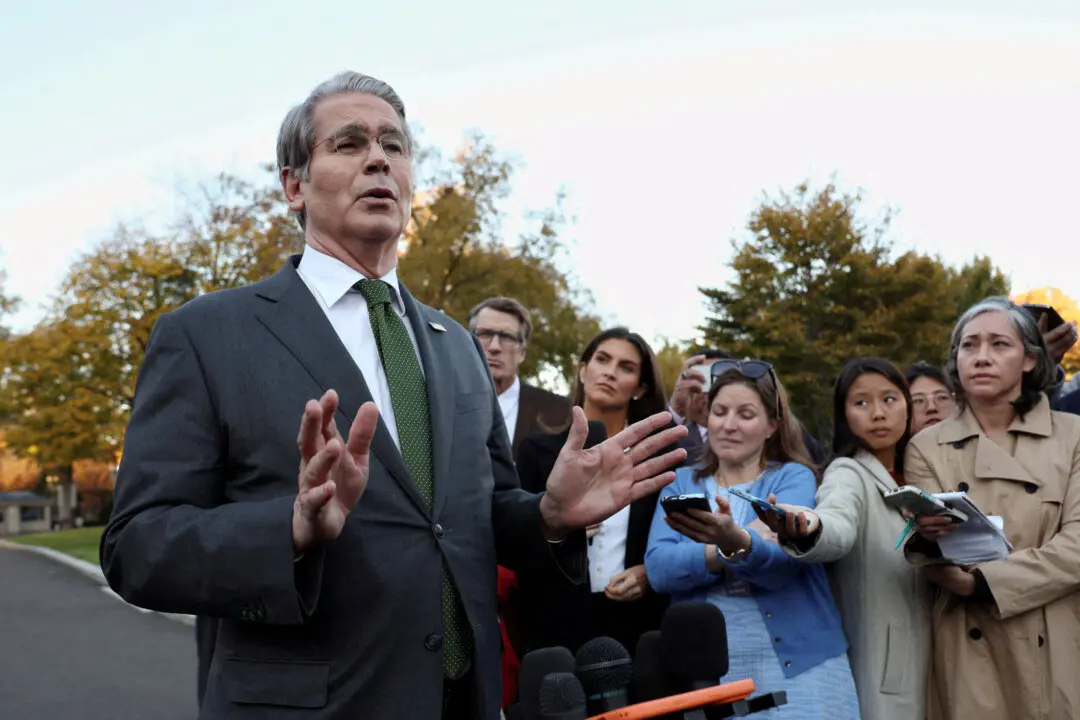The vast majority of the world’s approximately 200 countries have declared at least a single case of COVID-19 since it first emerged in Wuhan, China, late last year.

ImpactHK founder and CEO Jeff Rotmeyer (C) crosses a street after handing out supplies of face masks, hand sanitisers, food and drinks to the homeless and people in need in Hong Kong on March 28, 2020. Isaac Lawrence/AFP via Getty Images

Jack Phillips
Breaking News Reporter
|Updated:
Jack Phillips is a breaking news reporter who covers a range of topics, including politics, U.S., and health news. A father of two, Jack grew up in California's Central Valley. Follow him on X: https://twitter.com/jackphillips5
Author’s Selected Articles



